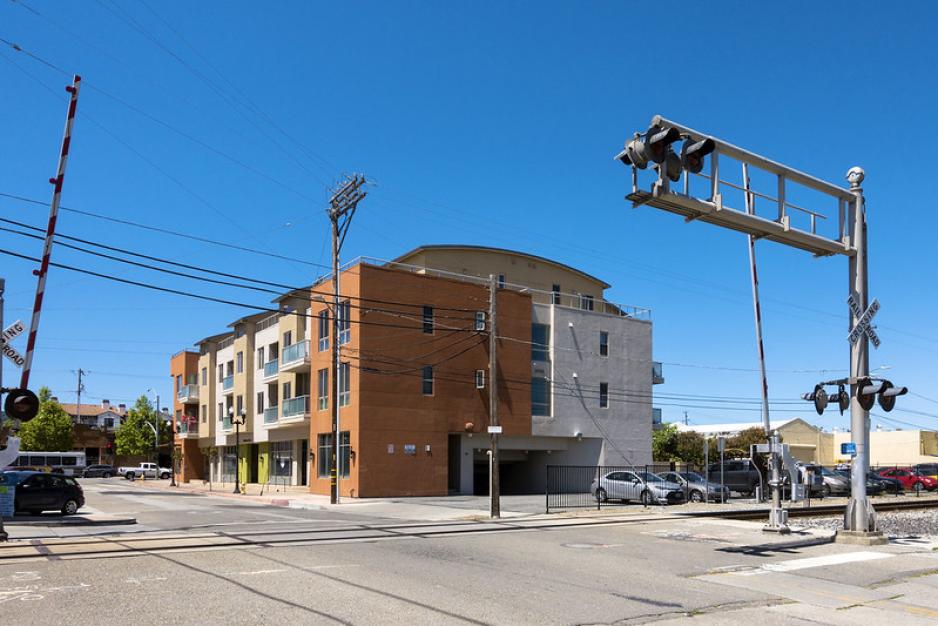Promote appropriate project valuation based on increased zoning capacity and reduced transportation costs for occupants due to proximity to transit.
- Catalog comparable transit-oriented projects that are truly similar, including those outside the project jurisdiction, as better data points for determining value and potential return on investment. This approach is preferred rather than comparing to nearby projects that do not offer a commensurate mix of land uses or amenities.
- Collect and maintain information regarding enhancement of property value due to amenities associated with TOD infill development, such as transit accessibility, open space, enhanced streetscape, and other complete streets improvements.
- Factor location-tailored data into the development negotiation process, including Net Present Value to set a baseline for future incremental increases in residual value.
Body
